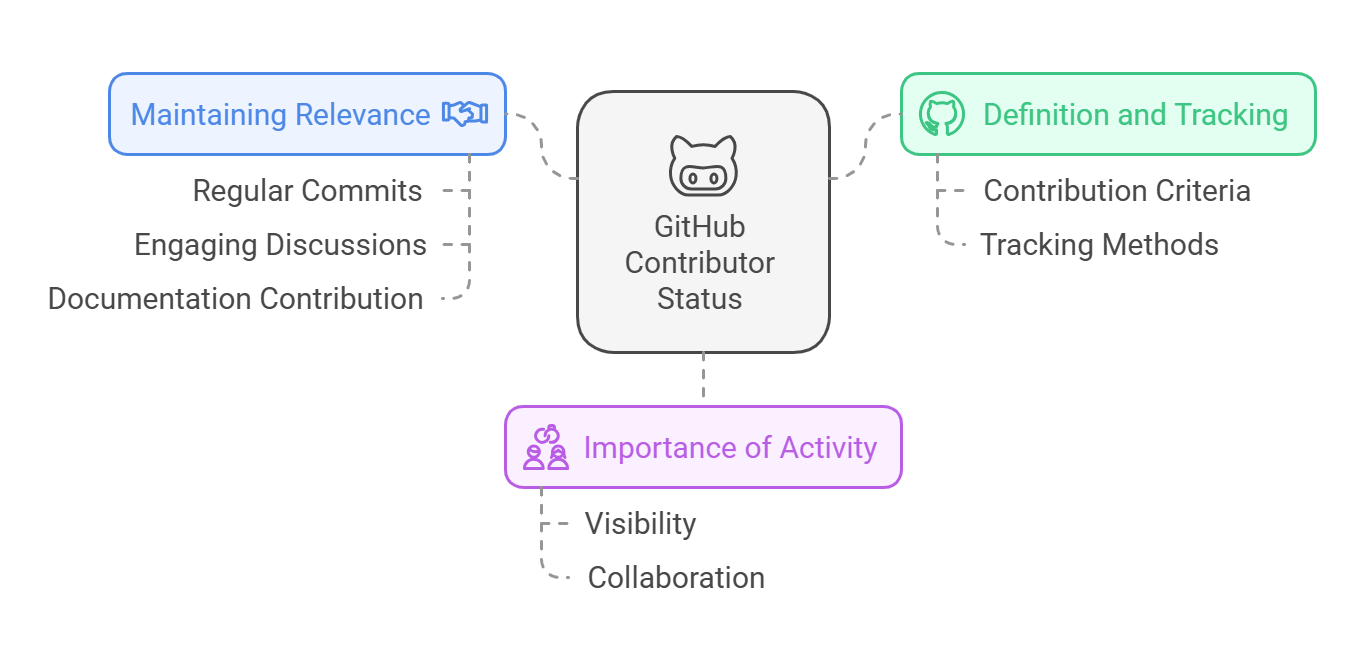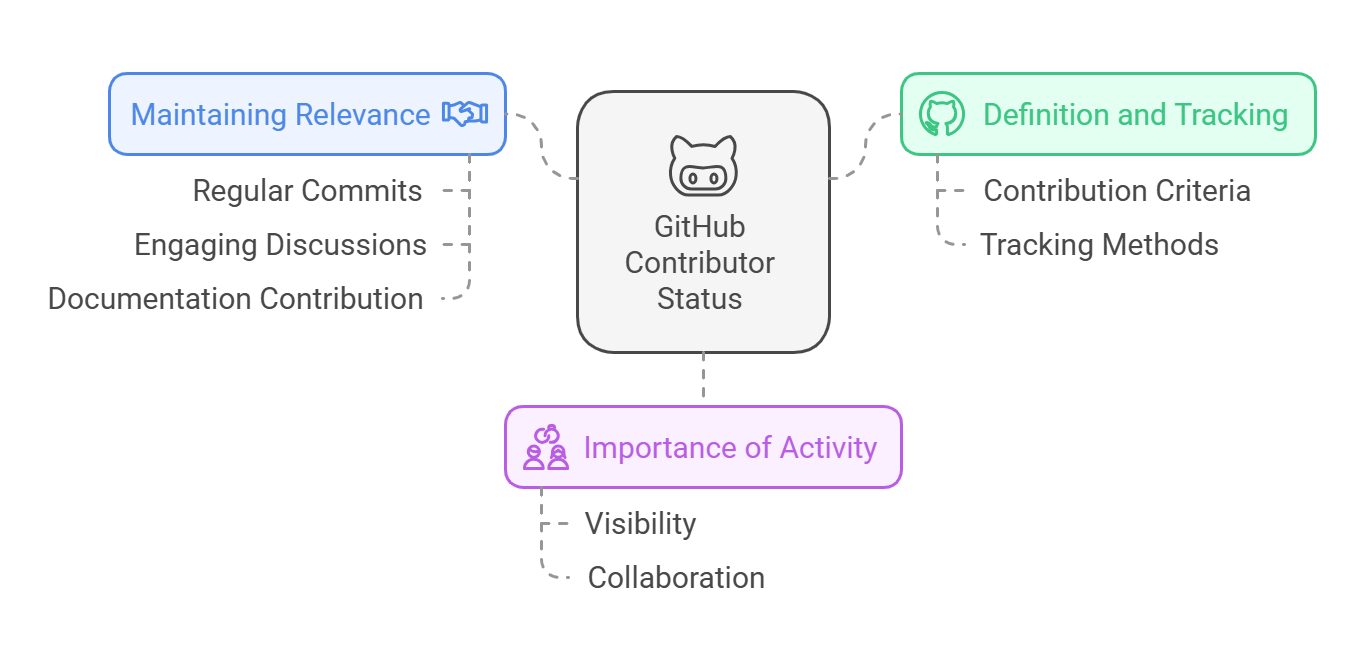Discover whether inactivity affects your GitHub contributor status. Learn how contributions are tracked and why staying active in open-source projects is essential for visibility and collaboration.
GitHub: If You Haven’t Pushed Code for a While, Are You Still a Contributor?
GitHub is the go-to platform for developers and open-source enthusiasts. It facilitates collaboration, version control, and the seamless management of code repositories. However, a common question often arises: “If I haven’t pushed code for a long time, am I still considered a contributor?” Let’s explore this question in detail and clarify how GitHub defines and tracks contributions.
What Does “Contributor” Mean on GitHub?
On GitHub, being a contributor means having your work recognized within a project—whether through code commits, pull requests, or other forms of contributions. The “Contributors” section of a repository typically displays usernames of those who have directly contributed to the codebase.
How Contributions Are Tracked
GitHub tracks contributions in several ways:
- Code Commits: Every push of code changes is considered a contribution.
- Pull Requests: Opening, reviewing, or merging pull requests also counts.
- Issue Discussions: Participation in discussions related to issues or feature requests is noted but may not reflect in the “Contributors” list.
- Code Reviews: Providing feedback and reviewing changes is another way to contribute.
- Maintaining Repositories: Updating documentation, organizing files, or managing the project roadmap counts as valuable contributions.
Does Inactivity Affect Your Status?
If you stop pushing code or actively contributing to a repository, GitHub doesn’t immediately remove your name from the “Contributors” list. However, as the repository evolves, your contributions may appear less significant compared to newer contributors.
The “Contributors” section is dynamically generated and often reflects the most active or impactful contributors. If a project gains many active contributors after your period of inactivity, your contributions may get buried in the history.
Why Activity Matters in Open-Source Projects
Activity plays a crucial role in open-source projects. Here are some reasons why staying active matters:
- Visibility: Regular contributions keep your name visible in the community.
- Relevance: It demonstrates your ongoing engagement with the project.
- Skill Showcase: Active contributions are a testament to your expertise and commitment.
- Collaboration Opportunities: Engaging with other developers creates networking opportunities and builds trust.
If you haven’t pushed code for an extended period, the community might assume you’ve moved on from the project. While this doesn’t erase your past work, it can impact how others perceive your involvement.
How to Stay Relevant as a Contributor
To maintain your status as a GitHub contributor, consider the following strategies:
1. Make Regular Commits
Even minor updates, such as fixing typos or enhancing documentation, can keep you active in the project.
2. Engage in Discussions
Participate in issue discussions and pull request reviews to stay involved even when you’re not coding.
3. Work on Side Features
Identify smaller features or enhancements that you can contribute to the project.
4. Contribute to Documentation
Documentation is often overlooked but highly valued in open-source projects. Contributing here ensures your relevance.
5. Collaborate with Other Contributors
Team up with other contributors to work on larger tasks. This not only increases your activity but also strengthens the community.
GitHub’s Contribution Graph
GitHub’s contribution graph is a visual representation of your activity on the platform. It tracks:
- Commits
- Pull requests
- Issue creation and resolution
A blank contribution graph might lead others to assume inactivity, even if you’re working on private repositories or other non-public contributions. To maintain an active-looking profile:
- Contribute to public repositories.
- Push commits regularly.
- Open and engage in pull requests.
How to Use Boredatom GitHub A Comprehensive Guide

How to Use Boredatom GitHub A Comprehensive Guide
FAQs About GitHub Contribution Status
1. Can I Lose Contributor Status If I Don’t Push Code?
No, your past contributions remain recorded in the repository’s history. However, your visibility may decrease over time.
2. Does GitHub Remove Inactive Contributors Automatically?
No, GitHub does not remove contributors. The “Contributors” list reflects historical and ongoing contributions.
3. How Can I Stay Active Without Pushing Code?
Participate in issue discussions, review pull requests, or contribute to documentation.
4. Do Contributions to Private Repositories Count?
Yes, they count towards your personal contribution graph but may not be visible to others.
5. Is Documentation Considered a Contribution?
Absolutely. Documentation improvements are vital and count as contributions.
Conclusion
While GitHub does not penalize inactivity by removing contributor status, staying active ensures your visibility and relevance in the project. Regular commits, engagement in discussions, and contributions to documentation can help you maintain your role as a key contributor. Ultimately, your involvement strengthens the community and reflects your dedication to the open-source ecosystem.


